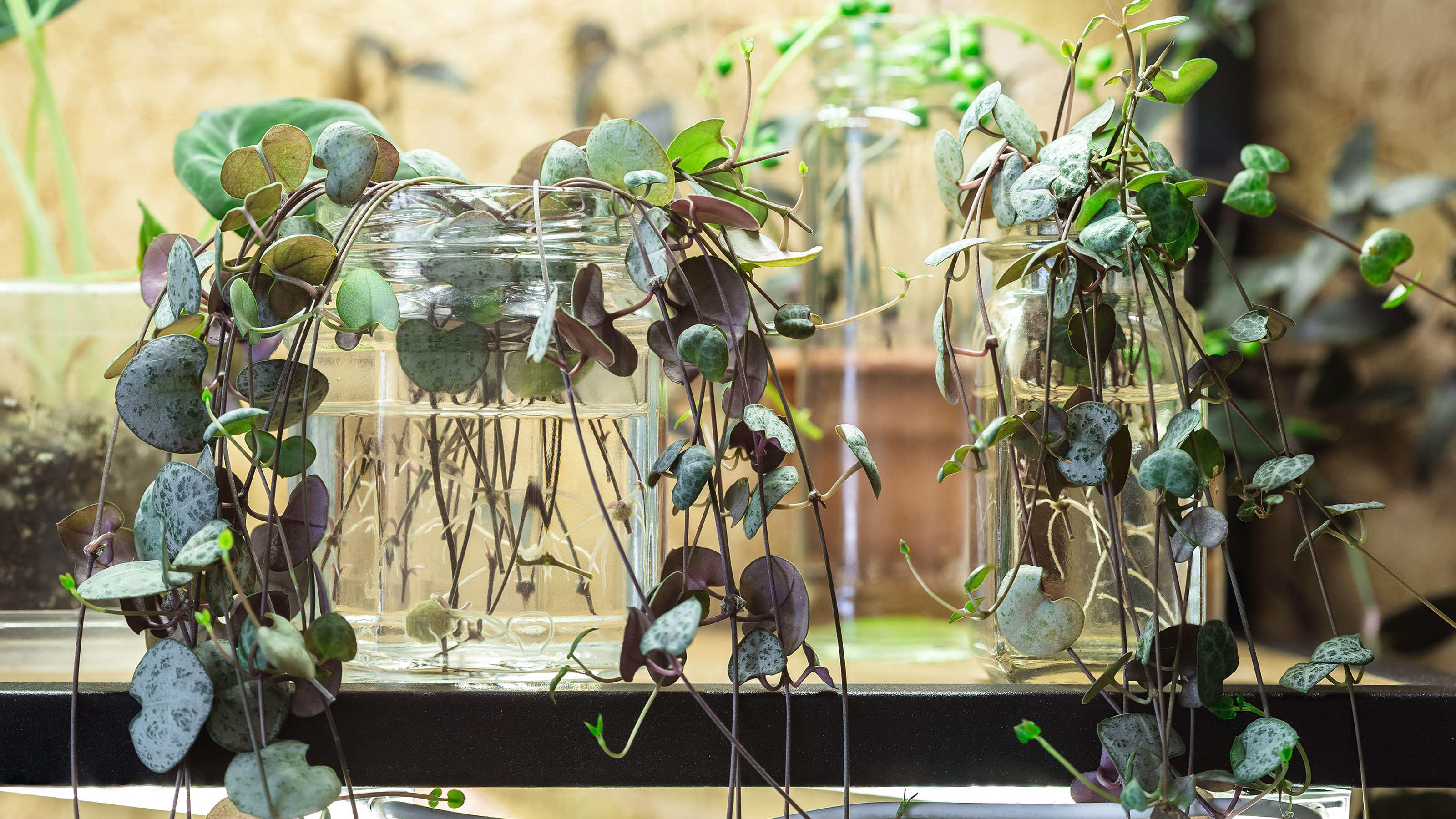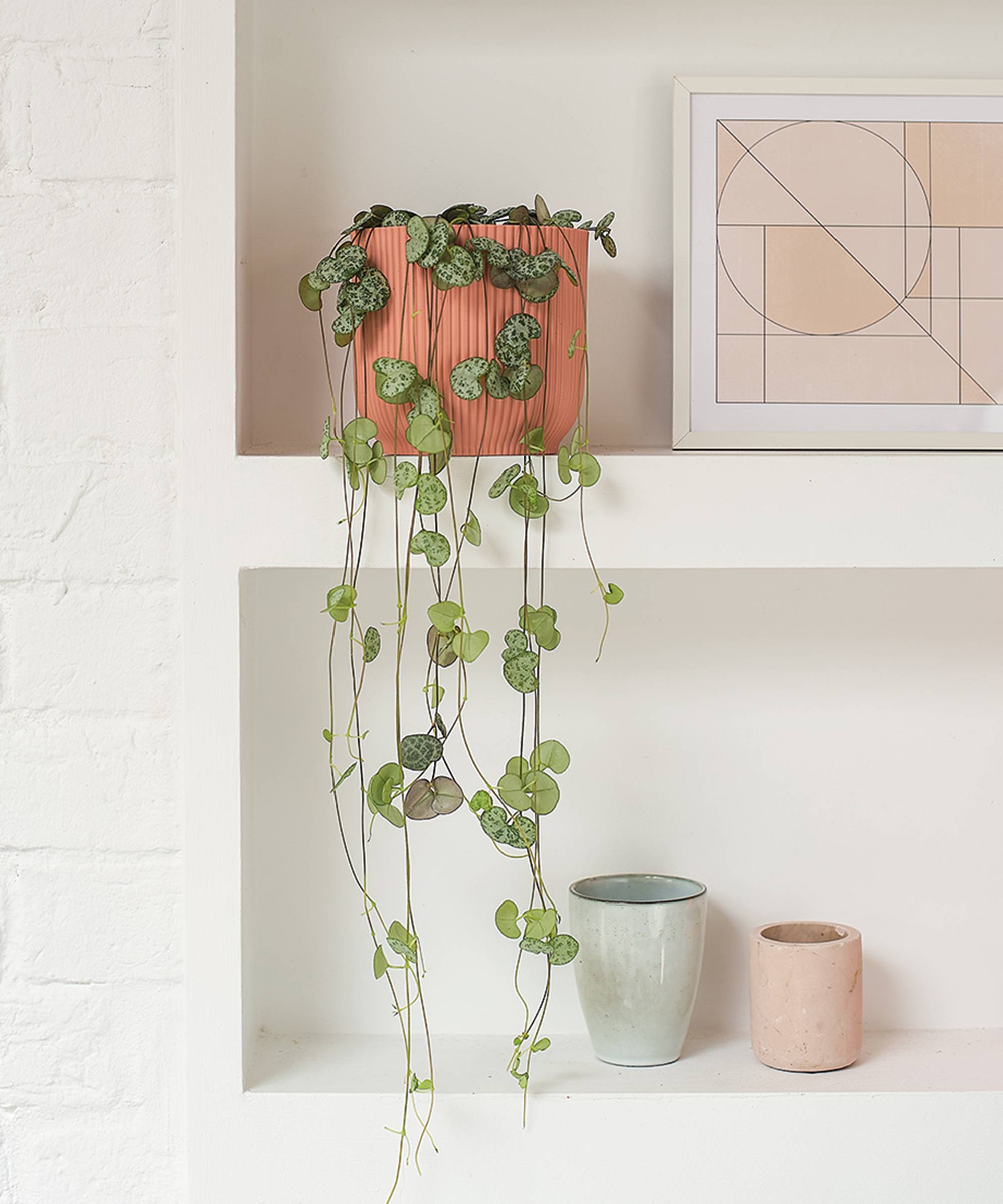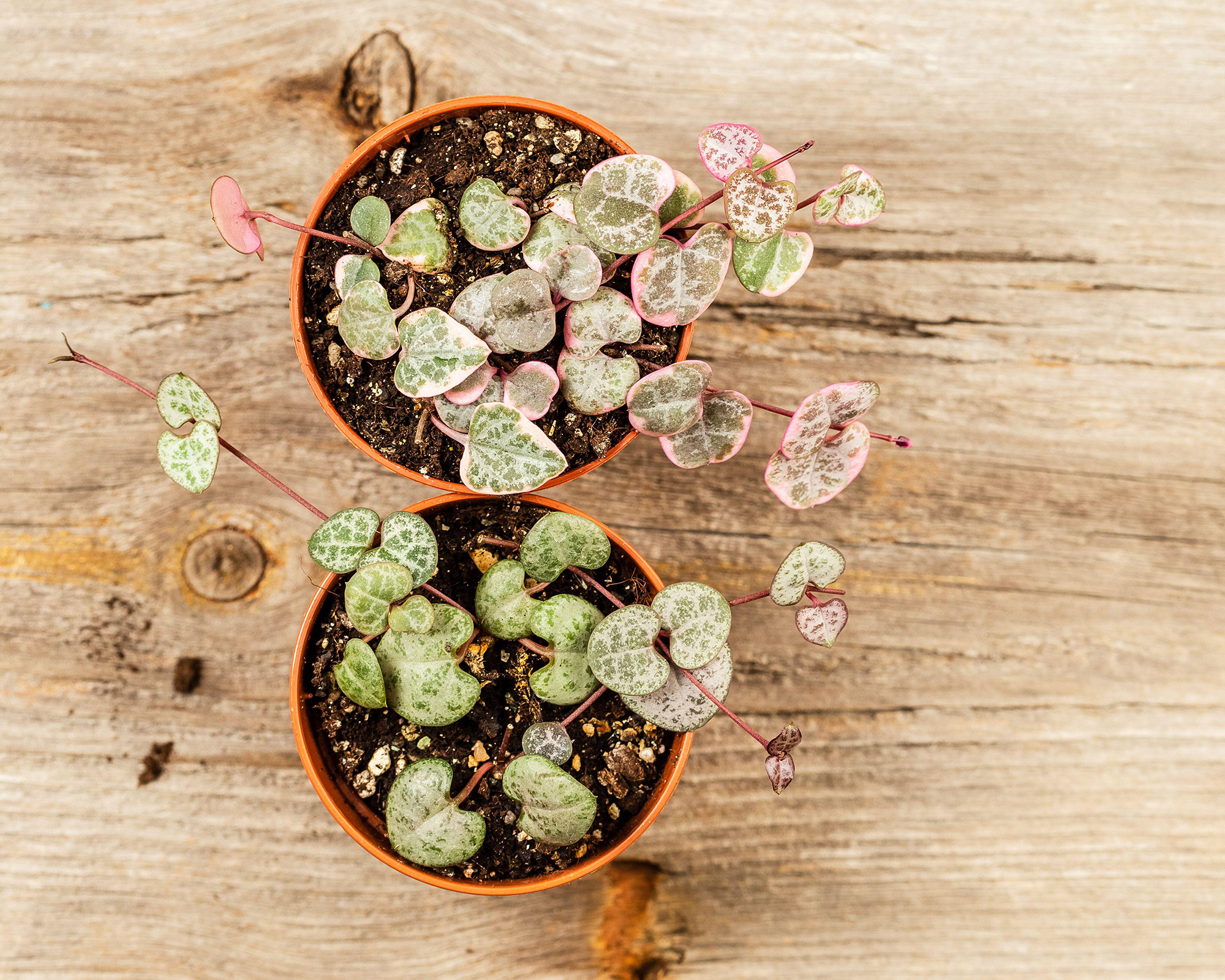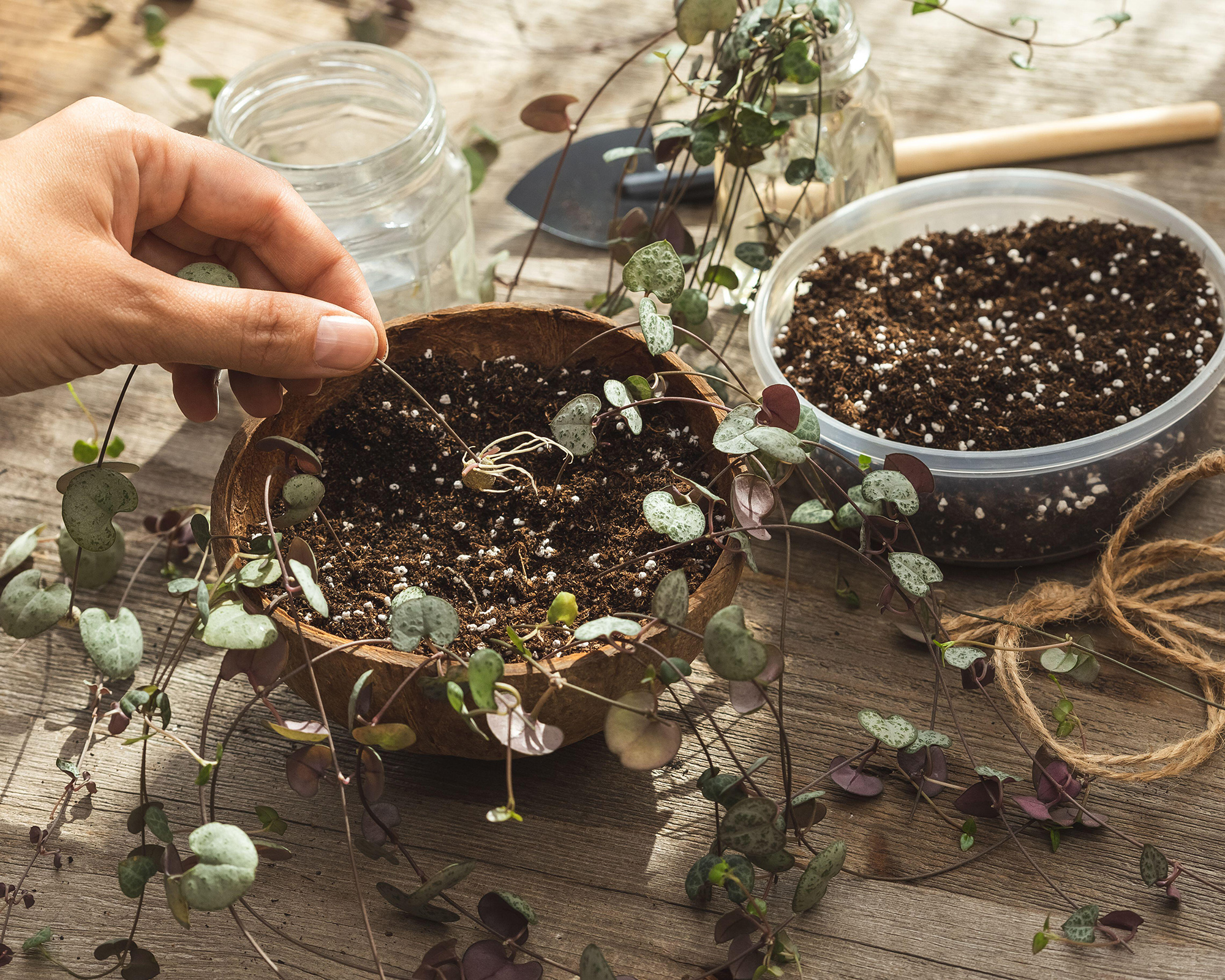String of hearts propagation: how to make more of these loveable houseplants
Follow these tips on string of hearts propagation and you'll be rewarded with more of these cute and contemporary indoor plants – for free


String of hearts propagation is the best way to increase your stocks of these uber-adorable indoor plants, without spending a penny.
As well as being the perfect houseplant for a chic 'shelfie' snap, the string of hearts plant is super easy to care for and propagation is straightforward, too. This can be done by placing cuttings in water or in soil, depending on your preference. And one particular houseplant expert we caught up with has a method that he swears is the best, which involves draping the stems in a certain way.
All methods are simple to follow, though, and you're almost guaranteed new indoor plants as a result.

String of hearts plants are easy to propagate
String of hearts propagation by cuttings: a step-by-step guide
'String of hearts is a great plant to choose to grow from cuttings, as it’s pretty fast growing,' says Jo Lambell, Founder of Beards & Daisies.
'You can expect to see roots sprouting in as little as five days, making it an incredibly rewarding plant to propagate and get free plants from – especially if you’re a first-time propagator.'
She shares her simple string of hearts propagation steps to turn your gorgeous plant into another one, two, or even three new leafy friends, using cuttings.
- Trim off a section of one of the vines you’d like to root. Cut pieces of stem about two inches long and remove the lower leaves.
- Place your cutting into a small container, filled with water – as you would with coleus propagation – or soil, depending on your preference.
- Ensure none of its leaves are submerged by either water or soil. If they are, give them a little trim as otherwise, they may rot.
- Place it in a location with plenty of bright, indirect light as per your Chinese money plant propagation cuttings.
- Then, you just need to wait for your roots to start appearing. 'When you start to see roots appear, let them develop for a few weeks, before potting up the rooter cutting into a good, gritty potting mix,' adds Mr Plant Geek, Michael Perry.
- If you’ve chosen to propagate your string of hearts in soil, then it’s important to remember to mist the soil every few days to encourage rooting to take place.

Keep your cuttings in bright light to help them on their way
- Shop string of hearts plants in the US: view at The Sill
- Shop string of hearts plants in the UK: view at Dobies
Where do you cut when making cuttings from string of hearts?
'Cut your string of hearts fairly close to one of its leaves,' says Jo Lambell. 'The node – which is where its leaves grow from – is where new roots are going to grow from.' So, be sure to include a node in your cuttings, as you do with rubber plant propagation.
'It’s crucial to cut fairly close to the node, so that this will be in contact with the soil or water that you propagate it in. You’ll then need to remove the leaves from the bottom of your cutting, to avoid them rotting,' she says.

Locate the nodes on your stems as these are essential for cuttings
How long does string of hearts take to root in water?
'So long as your cuttings receive plenty of bright, indirect light, you’ll see beautiful new roots sprouting within just a few weeks,' says Jo.
'However, you may want to wait a little while longer until they’re mature enough to be potted and kept in your indoor garden.'

Keep leaves out of the water when propagating your cuttings
How to propagate string of hearts by layering

Michael has a wealth of experience in plant innovations. He worked for Thompson & Morgan – the premier mail order plant company – for 18 years, before setting himself up as a 'Hortpreneur'. In 2015, he was listed in the 'Top 20 most influential horticulturists’ by The Sunday Times. We spoke to him following The Joy of Plants’ 'The Lonely Plants Club' pop-up for his top tips on string of hearts propagation.
'String of hearts is an easy-to-grow, attractive indoor hanging plant. It’s quite simple to care for, being a low-maintenance indoor plant,' says Michael. 'Propagating is quite easy, too, although this method [below] is easier than the others.'
- The simplest method is to layer the plant, so look at the stems to see where there are aerial tubers, which will look like little bumps on the stem.
- You can then drape the stem over a pot of potting compost and push the tuber gently into the surface of the soil. It should then take root within a few weeks.
- Once the tuber has its own roots, you can cut the stem away from the mother plant.
- If you cannot see any aerial tubers, you can take a stem cutting, as detailed above.

Choose a good, gritty potting mix for your newly-propagated stems

Teresa has worked as an Editor on a number of gardening magazines for three years now. So she is lucky enough to see and write about gardening across all sizes, budgets and abilities. She recently moved into her first home and the garden is a real project! Currently she is relishing planning her own design and planting schemes. What she is most passionate about when it comes to gardening are the positive effects it has on our mental health to grow and care for plants, as well as being great for the environment too and help provide food and shelter for wildlife.
